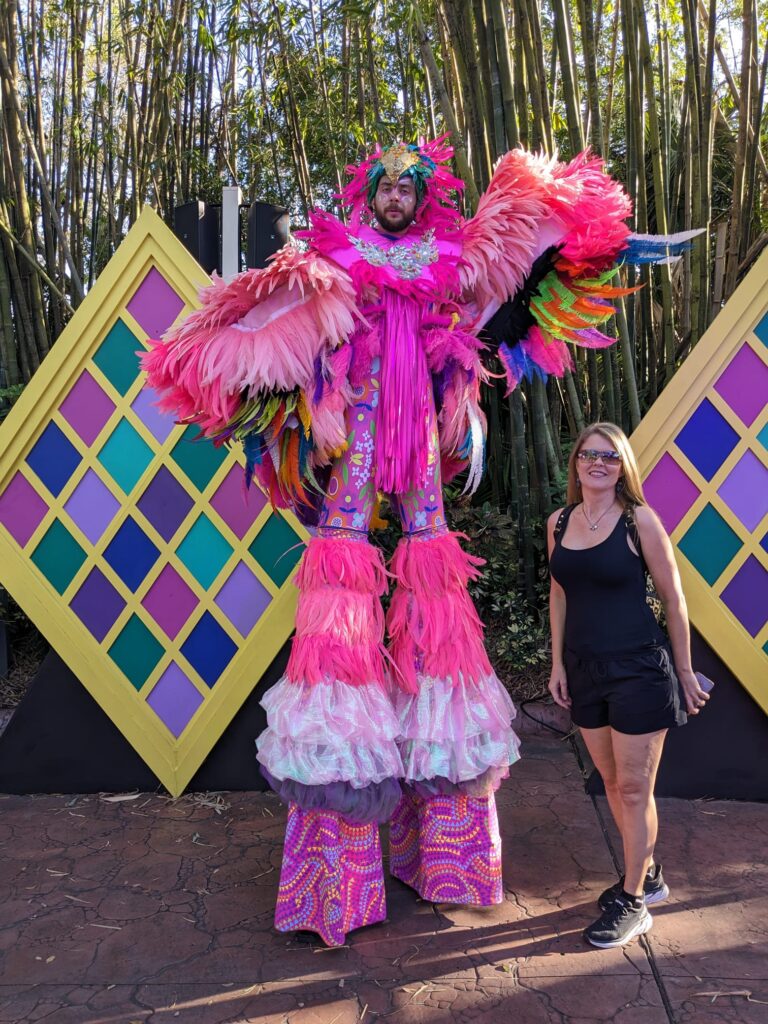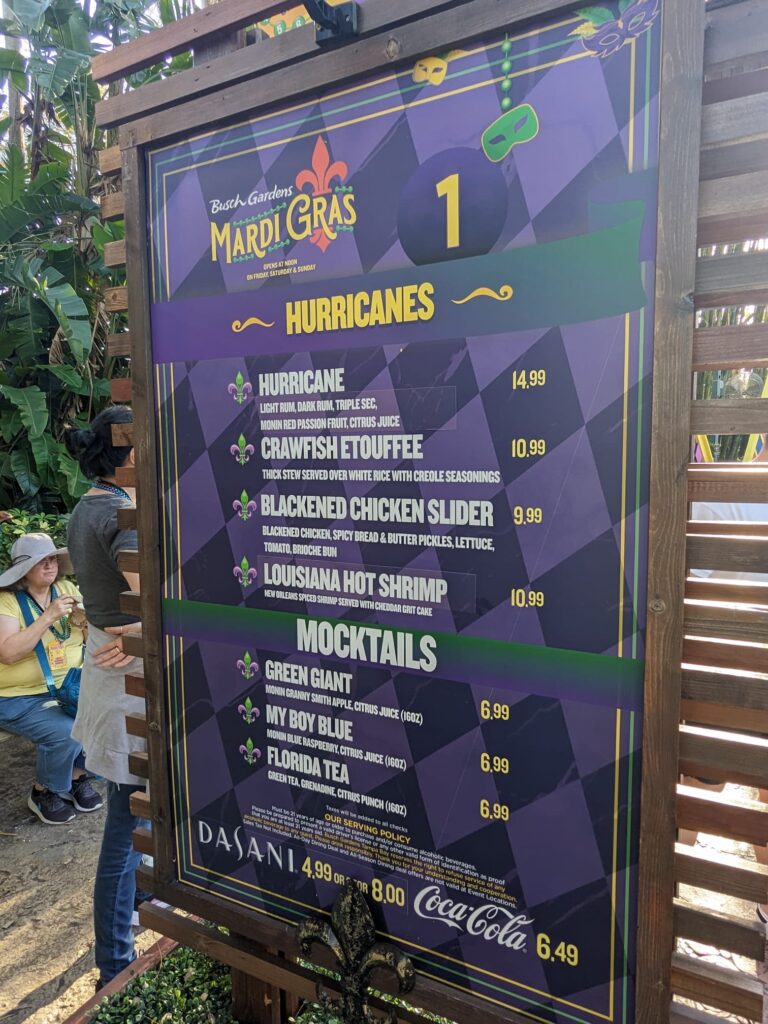Originating from medieval Europe and deeply rooted in religious traditions, Mardi Gras, or “Fat Tuesday,” has evolved into a lively celebration that transcends cultural boundaries. The festivities, which culminate on the day preceding Ash Wednesday, found their way to the United States through French settlers, particularly in the vibrant region of Louisiana. Over time, Mardi Gras has become a cultural phenomenon, blending European traditions with the diverse tapestry of American heritage.
While the epicenter of Mardi Gras celebrations is undoubtedly New Orleans, the fervor has spread across the United States, manifesting in various regions with unique local flavors. Cities like Mobile, Alabama, and Galveston, Texas, put their distinctive spin on the festivities, incorporating regional culture and traditions into the vibrant celebration.
The History of Mardi Gras: A Tapestry of Celebration
Mardi Gras, French for “Fat Tuesday,” boasts a rich and colorful history that intertwines religious observance, European traditions, and the vibrant spirit of American revelry. The origins of Mardi Gras can be traced back to medieval Europe, where communities engaged in festive celebrations before the solemn period of Lent, the 40 days leading up to Easter marked by fasting and reflection.

As Christianity spread, the pre-Lenten festivities became entwined with religious observances, and the concept of Carnival, the season of merriment leading up to Lent, emerged. The tradition found its way to the United States through French explorers and settlers, particularly gaining prominence in the early 18th century in the French colony of Louisiana.
New Orleans, with its unique blend of French, African, and Spanish cultures, became the epicenter of Mardi Gras celebrations in the United States. The first recorded Mardi Gras parade in New Orleans took place in 1837, marking the beginning of the city’s iconic parades, masked balls, and vibrant processions that have defined the celebration.
The Krewe of Comus, established in 1857, is often credited as one of the first organized Mardi Gras krewes, shaping the modern framework of the festivities. The tradition of krewes, private social clubs that organize and participate in Mardi Gras events, continues to play a significant role in the celebration.
Over the years, Mardi Gras evolved into a kaleidoscope of colors, music, and revelry. The traditional colors of purple, green, and gold, symbolizing justice, faith, and power, became synonymous with the celebration. Elaborate costumes, masquerade balls, and the iconic throwing of beads and trinkets from parade floats added to the pageantry of Mardi Gras.





The celebration has not been without challenges. Interruptions due to war, economic hardships, and even a yellow fever epidemic in the 19th century tested the resilience of Mardi Gras. However, each time, the spirit of celebration endured and emerged stronger, reflecting the indomitable spirit of the community.
Mardi Gras Today
Today, Mardi Gras has become a global phenomenon, celebrated not only in New Orleans but also in cities and communities across the United States and beyond. The traditions continue to evolve, incorporating diverse cultural influences and ensuring that Mardi Gras remains a vibrant and inclusive celebration for people from all walks of life. The history of Mardi Gras is not just a story of festivities; it is a tale of resilience, cultural amalgamation, and the enduring spirit of celebration that has woven itself into the cultural fabric of communities around the world.
Mardi Gras experience at Busch Gardens Tampa Bay
This year, the Mardi Gras experience took an exciting turn with a visit to Busch Gardens Tampa Bay, where the theme park transformed into a carnival of colors, parades, and Louisiana-inspired culinary delights. The lively parades, featuring iconic floats and dazzling costumes, captured the spirit of Mardi Gras, bringing to life the traditional colors of purple, green, and gold that symbolize justice, faith, and power.
Venturing into the culinary realm, attendees at Busch Gardens Tampa Bay had the pleasure of indulging in a sensory journey of Mardi Gras flavors. The classic beignets, reminiscent of the French Quarter, and Creole shrimp, showcasing the region’s diverse culinary influences, tantalized taste buds. Hearty dishes like gumbo and Andouille sausage brought the bold flavors of Louisiana to the forefront, while the savory notes of dirty rice completed the gastronomic experience.
Adding to the festivities, the iconic Hurricane cocktail, sweet and potent, provided a refreshing libation that complemented the rich and diverse flavors of Mardi Gras cuisine. The immersive experience at Busch Gardens Tampa Bay not only allowed visitors to revel in the vibrant celebrations but also provided a delectable journey through the culinary traditions that define this dynamic cultural phenomenon.
In essence, Mardi Gras in the United States is a celebration that goes beyond its religious and cultural origins. It has evolved into a kaleidoscope of colors, music, and culinary delights, offering a unique and enriching experience for revelers. Whether in the historic streets of New Orleans or the lively atmosphere of Busch Gardens Tampa Bay, Mardi Gras continues to be a cherished tradition, inviting people to come together, celebrate life, and savor the rich and diverse flavors that characterize this dynamic cultural celebration.






